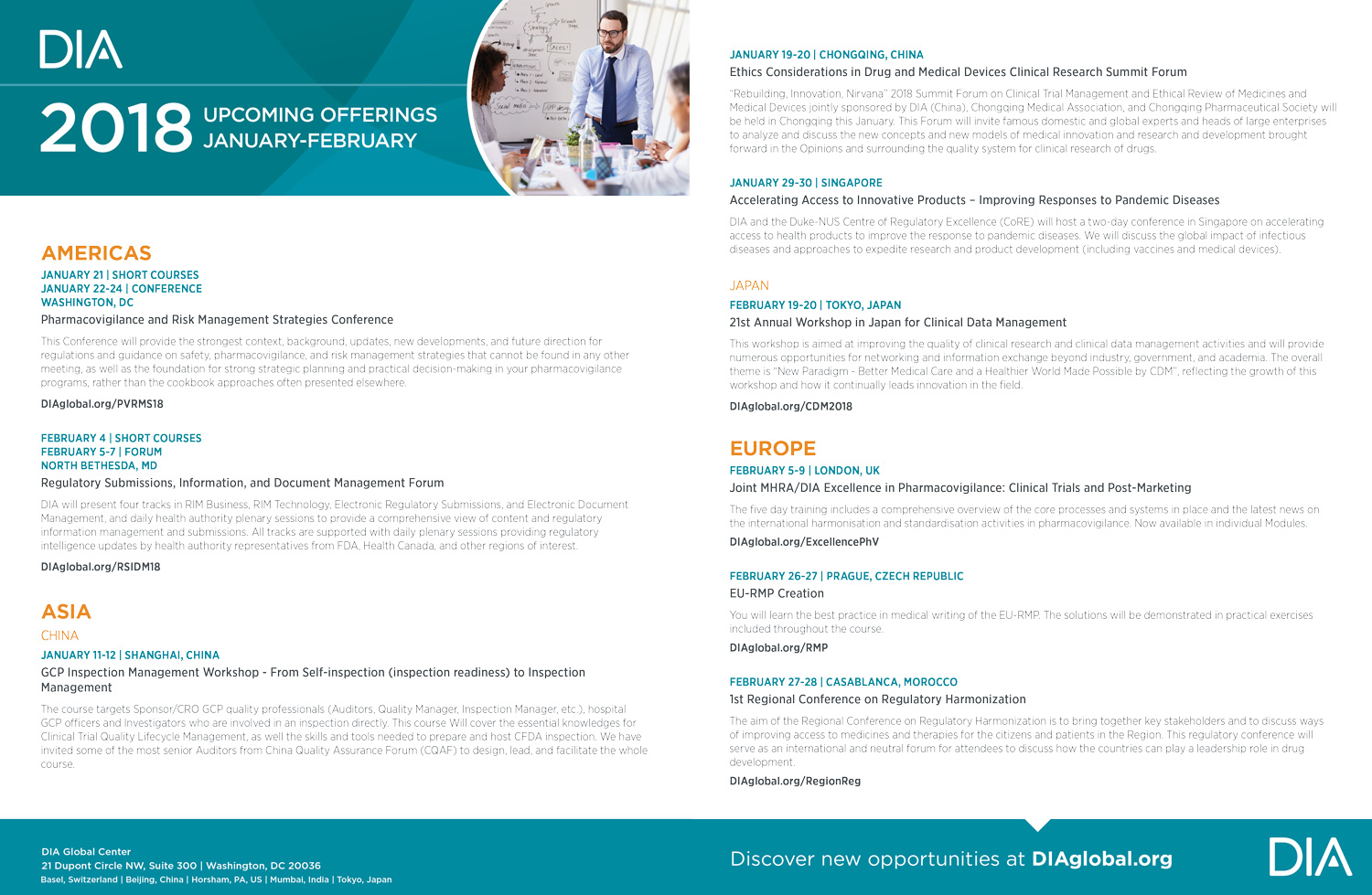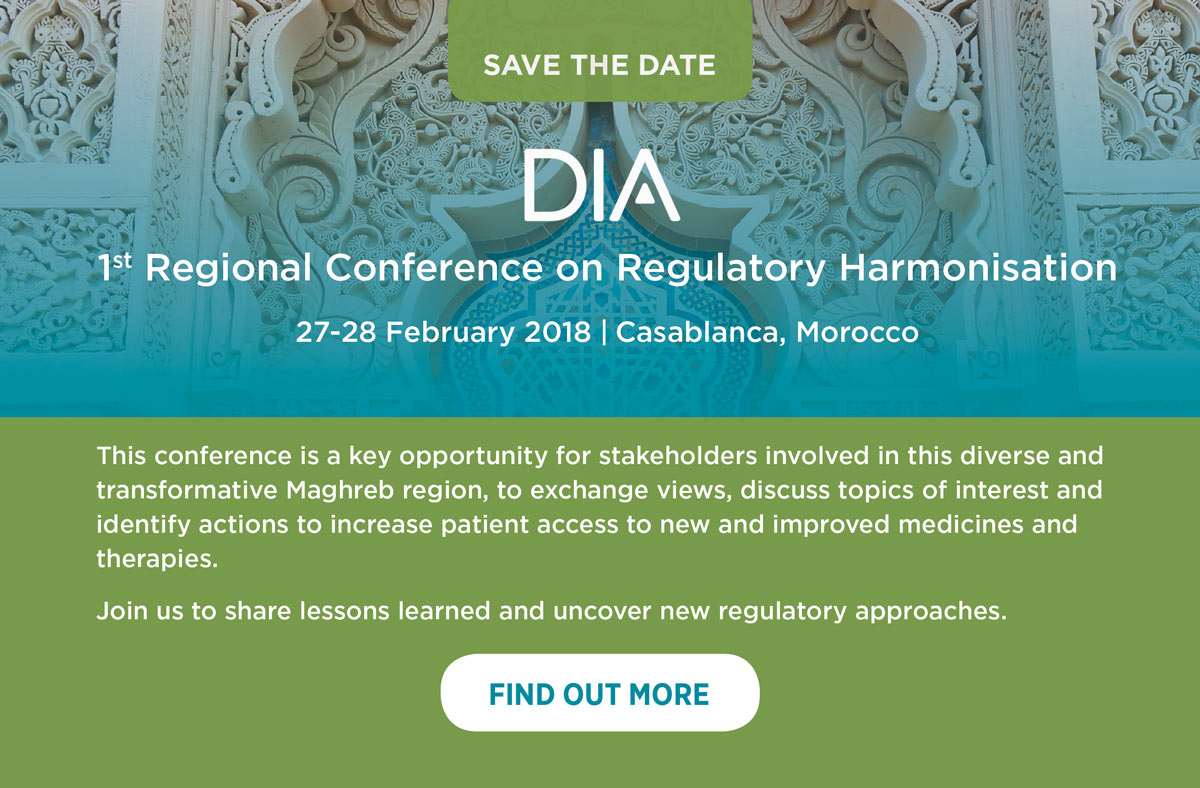Table of Contents
January 2018 Global Forum
2017 in review
Global Forum looks back at some of the most significant developments that shaped the global healthcare space in 2017
VALUE & ACCESS
HTA and Real-World Data are Overcoming Barriers
Regional Reports
Facilitating Access to Precision Medicine, and Partnering to Strengthen Regulatory Systems
Digital Health Policy Upgrades
We are DIA
Devices and Diagnostics Community: Our Time Has Come
Diversity Without Inclusion is Exclusion
To Our Readers
To Our Readers
DIA Together: Collaboration and Innovation Drive Progress
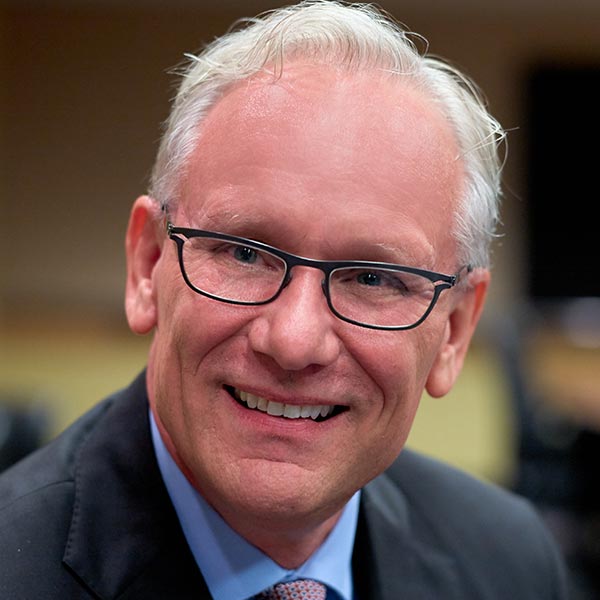
John A. Roberts
Chair, DIA Board of Directors

Barbara Lopez Kunz
Global Chief Executive, DIA
s we begin another new year, we are reminded that we work in a time of remarkable collaboration throughout the healthcare system. Today, few, if any, products are exclusively sourced, manufactured, reviewed, approved, or used in a single country.
Few individuals, organizations, or even nations are equipped to single-handedly navigate the global landscape of supply chains, reimbursement, and regulation.
China, one of the world’s economic powerhouses, was admitted as a regulatory member of the International Council for Harmonisation (ICH) in 2017 and has implemented significant regulatory reforms to begin to more closely align with global standards. Joint scientific and HTA assessments are becoming more common throughout the EU, as many European payer organizations have joined forces with the EMA to implement new value-based payment models. In the US, the FDA and National Institutes of Health collaborated with the TransCelerate BioPharma collective to develop a common protocol template to harmonize clinical trials and expedite regulatory reviews to deliver new products to patients more quickly.
Executive Leadership | Editor’s Message
To Our Readers
Editor’s Message: A Fresh Start and Shared Values
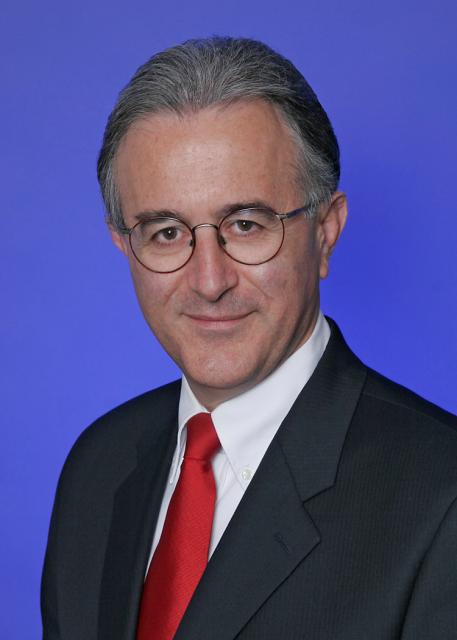
Alberto Grignolo
Editor
Fellow of DIA
elcome to 2018 and our January issue on this brand new online platform!
Global Forum content is now easier to find, navigate, and enjoy on computers, tablets, and smartphones. I am deeply grateful to the staff of DIA for making this possible, and I wish you, our readers, an ever more impactful learning and information-sharing experience.
As we usher in a new year, this issue features a number of original articles and new Regional Reports but also offers you an overview of significant developments in 2017. These are reflected in several summaries based on the main content streams we covered in Global Forum last year (Translational Science, Regulatory Science, Patient Engagement, Value & Access), on the 55 podcasts we produced in 2017, as well as on additional resources. A great deal of information has been distilled here for you.
Looking back at the important developments of 2017, it strikes me that the healthcare product development ecosystem is now more “convergent” than ever before and characterized by a number of globally-shared values.
Editorial Board
Content stream editors
Patient engagement
Deborah Collyar Patient Advocates In Research (PAIR)
Lode Dewulf Corvalus and Doctors of the World
Translational science
Gary Kelloff US National Institutes of Health
David Parkinson ESSA Pharma, Inc.
regulatory science
Yoshiaki Uyama Pharmaceuticals and Medical Devices Agency (PMDA)
Adora Ndu BioMarin Pharmaceutical, Inc.
Value & access
Edith Frénoy European Federation of Pharmaceutical Industries and Associations (EFPIA)
Sean Tunis Center for Medical Technology Policy (CMTP)
Editorial Staff
Alberto Grignolo, Editor PAREXEL International
Ranjini Prithviraj, Senior Managing Editor, Associate Director DIA Publications
Sandra Blumenrath, Science Writer DIA Publications
Chris M. Slawecki, Senior Copywriter DIA Publications
Regional editors
AFRICA
David Mukanga Bill and Melinda Gates Foundation
ASEAN
Silke Vogel Duke-National University of Singapore Graduate Medical School
AUSTRALIA/NEW ZEALAND
Richard Day University of New South Wales, Medicine, St Vincent’s Hospital
CANADA
Judith Glennie JL Glennie Consulting, Inc.
Megan Bettle Health Canada
CENTRAL AND SOUTH AMERICA
Jaime Oliveira Bayer S/A
CHINA
Ling Su Shenyang Pharmaceutical University, Lilly Asia Ventures
EUROPE
John Lisman Lisman Legal Life Sciences
INDIA
J. Vijay Venkatraman Oviya MedSafe
JAPAN
Junichi Nishino Novartis Pharma K.K.
US
Ann Meeker-O’Connell Johnson & Johnson Quality and Compliance
2017 Overview

ith the beginning of a new year and a fresh start into 2018, Global Forum looks back at some of the most significant developments that shaped the global healthcare space in 2017.
Read about advances, trends, and common themes that fueled discussions in regulatory science, patient engagement, value and access, and translational science, and the trends DIA members envision for 2018.
Translational Science
Sandra Blumenrath
DIA Science Writer
cross the globe, this year’s discussions in translational science and medicine focused mainly on oligonucleotides-based therapeutics (including the implications of CRISPR), personalized medicine, and clinical trials.
Oligonucleotides-Based Therapeutics
Oligo-based therapies (such as small interfering RNAs (siRNAs), antisense oligonucleotides (ASOs), microRNAs, aptamers, CRISPR, and others) offer a broad spectrum of treatments for a wide range of disease states. The range of synthetic nucleic acid drugs in development and the number of companies manufacturing them has increased steadily over the past two years. In the US, for example, nucleic acid therapeutic programs have risen from 119 in 2015 to 164 in 2017, and a total of six oligo-based therapeutics were ready to file for FDA approval by the end of 2017.
As these therapeutics approach clinical productivity, experts are discussing best practices and CMC challenges alongside potential applications in rare diseases, immuno-oncology, and personalized medicine. In particular, these therapies are beginning to make their way into targeted oncology therapies that currently make up more than a third of the oncology drugs used in the US and nearly a quarter of drugs used in Europe and Japan.
Regulatory Science
Sandra Blumenrath
DIA Science Writer
series of significant trends have marked the global regulatory landscape in 2017.
- effectively use Artificial Intelligence (AI) in the regulatory process, such as natural language programming;
- develop Real World Evidence (RWE) standards and validation tools to use patient data constructively and accurately;
- meet ICH (International Council for Harmonisation) training needs to ensure compliance with the growing number of ICH guidelines; and
- avert prescription drug abuse.
Steps to expand globally harmonized regulatory processes have received particular attention. China became an important new member of ICH this year, and several countries and regions agreed to new ICH mandates and entered mutual agreements…
Patient Engagement
Sandra Blumenrath
DIA Science Writer
fforts to incorporate the patient voice in healthcare decision-making has seen substantial advances, particularly in the US and Europe. Some of the credit for the advances made in 2017 goes to the increased involvement of regulatory agencies and their close collaborations with patient experts and advocacy groups. In Asia, these developments have started but taken place more slowly.
Americas
In response to safety and efficacy concerns raised around CART-T therapy, BioCanRx (a Canadian network of cancer researches, clinicians, patients, caregivers, industry partners, and other stakeholders) launched GO-CART, the first project of its kind in Canadian academia focused on immune-oncology product development. GO-CART (Getting better Outcomes with Chimeric Antigen Receptor T-cell therapy) takes a “team-oriented” approach to formulating an early-phase clinical trial protocol that integrates existing pre-clinical and clinical evidence with the values and preferences of cancer patients and other stakeholders. If successful, BioCanRx plans to expand the GO-CART approach to other cancer therapies.
In the US, passage of the 21st Century Cures Act has been the primary catalyst for advances in patient engagement in 2017. The Act aims at bringing sought-after products to patients more rapidly while maintaining high safety and efficacy standards. To that end the new law warrants new FDA-issued guidances on how to reliably measure patient experiences and perspectives (Title III Section 3002).
Value & Access
Sandra Blumenrath
DIA Science Writer
This article was developed with input from and discussion with DIA Senior Scientist Inka Heikkinen.
Sandra Blumenrath
DIA Science Writer
This article was developed with input from and discussion with DIA Senior Scientist Inka Heikkinen.
he question of how to expedite patient access to emerging technologies and reduce costs has been on nearly everyone’s radar in 2017, including governments and the private sector.
Value frameworks to assess health technologies, more frequent pricing revisions, and the use of Real World Evidence (RWE) were among the most commonly discussed topics. In the US and Canada, approval and access to generic drugs was also high on the list.
Americas
In 2017, Canada took another step forward in its commitment to bringing down healthcare cost:
- After consultations with various stakeholders, the Canadian government proposed to amend drug pricing regulations that govern the Patented Medicine Prices Review Board (PMPRB), which protects consumers from excessive drug prices. The proposed amendments reduce the regulatory burden for generic drugmakers and equip the PMPRB with new tools to evaluate drug prices, including a much longer list of country comparators.
- The pan-Canadian Pharmaceutical Alliance (pCPA) moved towards establishing a policy framework for biosimilars that would enable more consistent price negotiations.
In the US, stakeholders focused their attention primarily on the implications of PDUFA VI, 21st Century Cures, the “Right to Try” Act, and the US generic drug program for patient access to the medicines they need. Other prominent topics were value frameworks for health technology assessment (HTA), the definition and application of RWE, and outcomes-based drug reimbursement agreements.
Value & Access
Universal Healthcare in Asia: HTA and Real-World Data Overcoming Barriers

Value of Medicines and Affordable Access: Global Dilemma, Local Debates



he World Health Organization’s (WHO) definition of universal healthcare (UHC) embodies three related objectives:
1.
Equity in access to health services: Everyone who needs services should get them, not only those who can pay for them
2.
The quality of health services should be good enough to improve the health of those receiving services
3.
People should be protected against financial risk, ensuring that the cost of using services does not put people at risk of financial harm.
White Paper
Enterprise Data Analytics: A Competitive Weapon for Life Sciences Companies
Regional Reports
Conversations in ASEAN: Facilitating Access to Precision Medicine, and Partnering to Strengthen Regulatory Systems
Silke Vogel
DIA Global Forum ASEAN Regional Editor
Hozanna Ngoh
Centre of Regulatory Excellence
Duke-NUS Medical School, Singapore
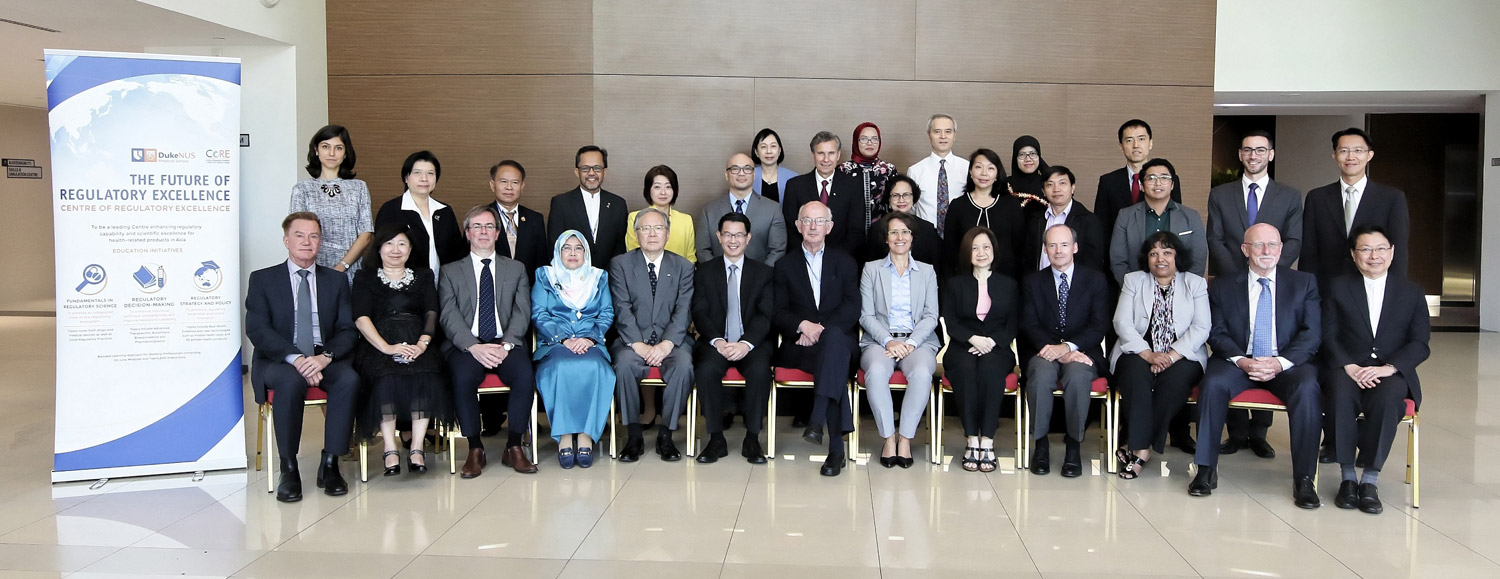
2017 ASEAN Regulators’ Roundtable
trengthening regulatory systems can adopt multiple approaches to address gaps in regulatory capability and capacity. Building regulatory capability is a vital early focus in systems-strengthening initiatives, and has been identified as an area of need in ASEAN for regulatory professionals in regulatory authorities and the industry.
This update highlights key insights gained from respective dialogues at the Precision Medicines and Companion Diagnostics Workshop (26-27 September) and the 2017 ASEAN Regulators’ Roundtable (9 October), both organized by the Duke-NUS Centre of Regulatory Excellence (CoRE). Providing the platform for open dialogue among ASEAN regulators, industry, and academia, these programs focused on emerging topics in the healthcare and regulatory space (such as precision medicine and real-world evidence) and fostered collaboration for regional efforts to strengthen regulatory systems.
Regional Reports
China: Regulatory Reform 2.0 Changes the Game
Canhui Guo
WuXi AppTec (Shanghai) Co., Ltd.
Canhui Guo
WuXi AppTec (Shanghai) Co., Ltd.
Ling Su
DIA Global Forum
China Regional Editor
Ling Su
DIA Global Forum
China Regional Editor
n October 8 2017, the General Office of the CPC (Communist Party of China) Central Committee and the State Council jointly released a document entitled The Opinions on Deepening the Reform of the Review and Approval Processes to Encourage Innovation of Drugs and Medical Devices, unveiling a broader and deepened reform that will have game-changing impact on China’s current drugs and medical devices administration system.
The blueprint covers six aspects with 36 measures to support the reform. This brief article will discuss key highlights relating to clinical trials, regulatory approval, and promoting innovation.
Reform Clinical Trial Administration
This measure will abolish the current clinical trial site certification system. The CFDA has issued a draft regulation on the filing procedures and management of clinical trial sites; medical institutions with proper facilities may conduct clinical trials after making a filing with the CFDA (China Food and Drug Administration).
Regional Reports
European Medicines Agency Moves to Amsterdam
John Lisman
DIA Global Forum
Europe Regional Editor
This was decided on 20 November, in a setting reminiscent of the Eurovision Song contest supplemented by a lottery. Amsterdam (not The Hague, which is the seat of Government) is the capital of the Netherlands, famous for wooden shoes, tulips and extensive use of bicycles, and will build a new home for the European Medicines Agency (EMA) in the business area called the Zuidas (South Axis). The Zuidas is already the home of the largest law firms and some of the most important international banks and multinational companies in the Netherlands. This area has excellent connections with Amsterdam Schiphol airport, which in turn provides direct flights to a host of EU and non-EU capitals and industrial hotspots. EMA relocation must be complete by the end of March 2019.
fter the UK’s decision to leave the EU (Brexit) was announced, there was a lot of interest in the remaining EU member states to host the EMA.
Nineteen cities in as many EU member states offered to be the new EMA seat in hopes to host 900 highly educated and well-paid staff members and 30,000 visiting Agency experts. Moreover, the presence of EMA could also attract headquarters and affiliates of pharmaceutical and biotechnology companies. On 30 September 2017, the European Commission submitted an assessment of the 19 proposals to the Council (e.g., the member states). Important parameters in this assessment were: premises (suitability), accessibility (direct flights to other member states and other continents), educational facilities, labor market, social security and medical care (for staff member and their families), and business continuity (willingness of staff to move). An additional consideration was geographic distribution (location of EU institutions across all the member states). The EMA tried to determine internally who among the staff members would choose to stay in the Agency depending on which of the 19 cities was selected.
Regional Reports
New Pharmacovigilance Obligations for MAHs in India
J. Vijay Venkatraman
DIA Global Forum
India Regional Editor
n September 29, 2017, the Secretary, Ministry of Health and Family Welfare, Government of India, released the Pharmacovigilance Guidance Document for Marketing Authorization Holders (MAHs) of Pharmaceutical Products. While practical issues pertaining to implementation of this mandate are yet to be encountered, it is obvious that 2018 will go down in history as the year of pharmacovigilance’s metamorphosis from an elite add-on to an essential component of the pharmaceutical industry in India.
According to this Document, the term “MAH” refers to the manufacturer or importer of the drug, who has a valid manufacturing or import license in India. The Document has been prepared and published by the Indian Pharmacopoeia Commission, the National Coordination Centre for the Pharmacovigilance Programme of India (PvPI), under the aegis of and in collaboration with India’s drug regulatory agency, the Central Drugs Standard Control Organization (CDSCO). This Document aims at enabling MAHs to set up a Pharmacovigilance system in their organizations in line with the recent amendment to the Drugs & Cosmetics Act (1940) and Rules (1945). This Guidance Document (Version 1.0) is set to be effective as of January 2018.
Regional Reports
FDA’s Holiday Gift: Digital Health Policy Upgrades
Ann Meeker-O’Connell
DIA Global Forum
US Regional Editor
n December 7 and 8, holidays came early for digital health product developers in the form of three new guidance documents from the US FDA.
These include: Changes to Existing Medical Software Policies Resulting from Section 3060 of the 21st Century Cures Act (draft guidance); Clinical and Patient Decision Support Software (draft guidance); and Software as a Medical Device: Clinical Evaluation (final guidance). According to FDA Commissioner Dr. Scott Gottlieb, this trio represents “new, significant policy developments” and is intended to “advance the FDA’s approach to the development and proper oversight of innovative digital health tools.”
The first draft guidance, when final, will formally update FDA’s policy on certain software and mobile apps to be consistent with the provisions of the recently enacted 21st Century Cures Act. For example, mobile apps that provide tools to promote or encourage healthy eating, exercise, weight loss, or other activities generally related to a healthy lifestyle or wellness no longer meet the definition of medical device as amended by the Cures Act. As a result, those developing such mobile apps will no longer have to rely on FDA applying enforcement discretion to legally market these products without prior FDA engagement.
We Are DIA | Podcasts
Listen & Learn
Have You Heard? DIA Podcasts
DIA podcasts offer listeners a unique opportunity to hear from leaders in healthcare product development, regulation, and patient advocacy. Subscribe to our Driving Ideas to Action iTunes podcast channel to stay connected!
Our Most Recent Podcasts
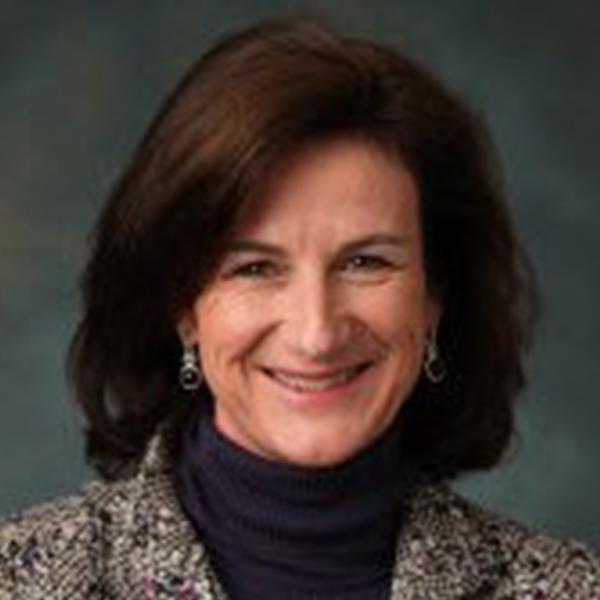
Post-Brexit PV in Europe “An Issue We Shouldn’t Underestimate”
Vicki Edwards, QPPV and Vice President, Pharmacovigilance Excellence, AbbVie Inc., UK.
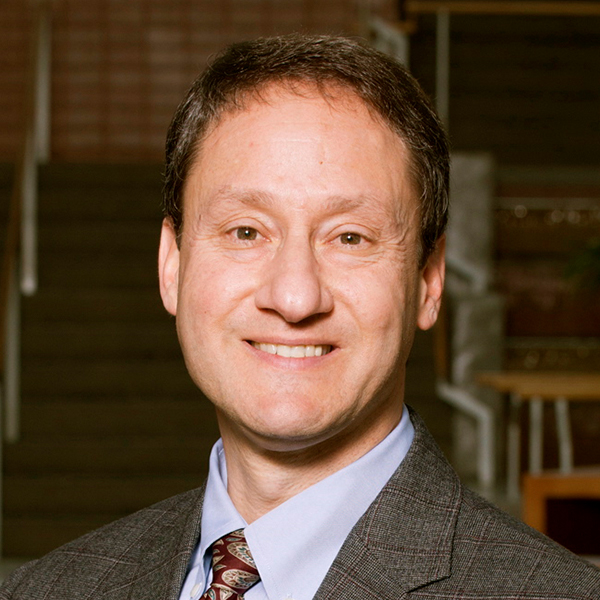
Tufts eClinical Study: Complexity Overrunning Technology
Kenneth Getz, Research Associate Professor, Tufts Center for the Study of Drug Development
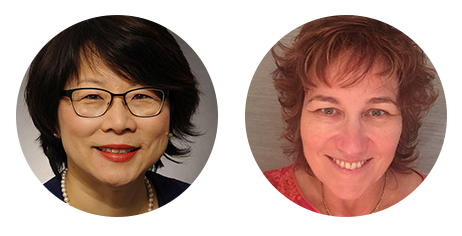
Translating Medical Information into Effective Communication
Lillian Auberson, Medical Information Lead for Europe, Hoffmann-La Roche, Switzerland and Janet Davies.
We Are DIA
Community Report
Devices and Diagnostics Community: Our Time Has Come
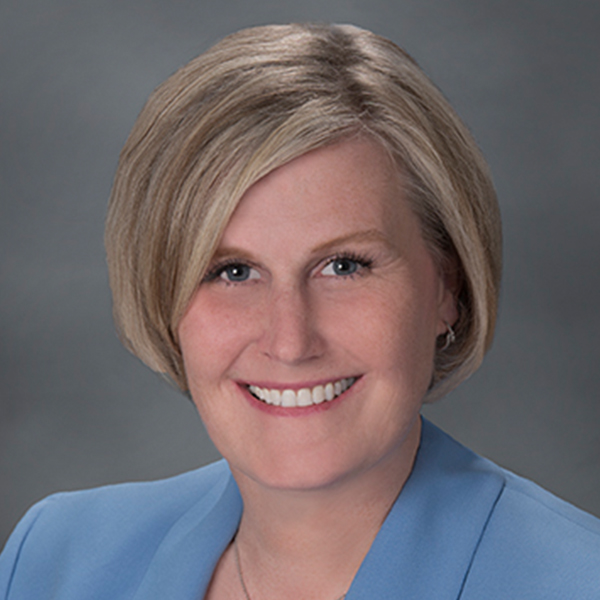
Kerri-Anne Mallet

Kerri-Anne Mallet
s healthcare technology continues to evolve globally, medical devices are having a profound influence on the pharmaceutical industry. Medical devices and in vitro diagnostics are finding commercial and medical success by “pairing up” with different pharmaceuticals and biotechnology products.
For example, personalized medicine is improving chemotherapy outcomes by pairing diagnostics and pharmaceuticals, drug delivery combination products are facilitating patient compliance through unique delivery methodologies, and digital health platforms that allow for patient monitoring are increasingly being used in clinical trials.
At a time when the healthcare industry is experiencing unprecedented convergence, pharmaceutical organizations will benefit from understanding the development processes and regulatory systems governing devices and diagnostics.
We Are DIA
Career Column
Diversity Without Inclusion is Exclusion

Christine W. Li

Christine W. Li
hat does “diversity without inclusion is exclusion” mean? How can exclusion be a part of the equation when such diversity exists in the workplace, social circles, and community? Inclusion and diversity are core fundamental values for many cultures, companies and families. Let’s examine.
The definition of diversity has evolved to encompass more than the number of nonwhite male employees in a company; rather, it now includes many categories such as gender, racial, ethnic, talent, background, age, global mindsets, etc. One principle of diversity is the belief that no one should be discriminated against due to their religion, ethnicity, disability, gender, expression, or age. Many workplaces embrace diversity and diversify their workplace to create a comfortable and productive environment. Diverse mindsets and perspectives allow companies to improve decision making, customer orientation, cultural fluency, competitive advantage, talent retention, and more.

